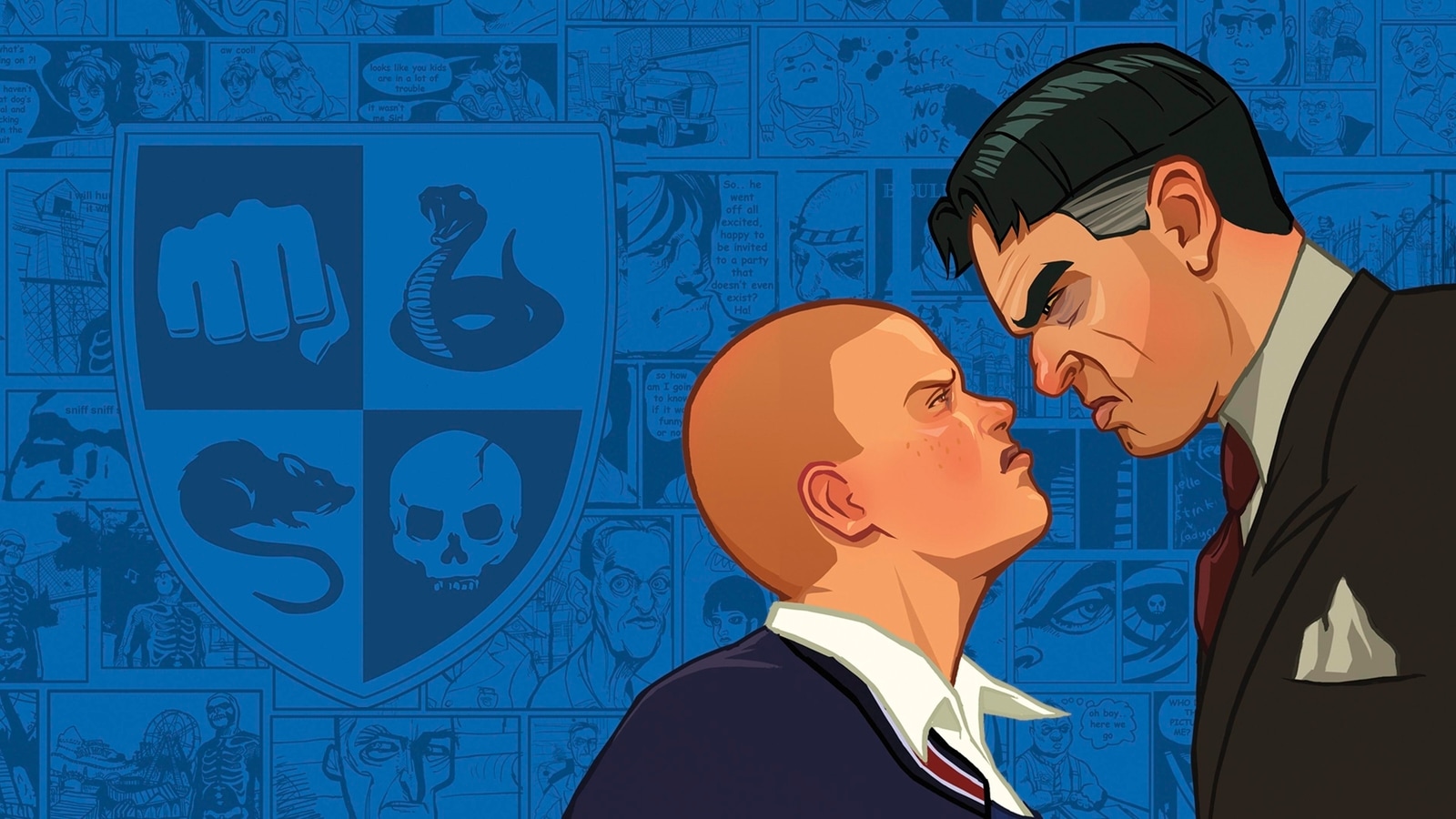Name-dropped along the way: Dolly Parton, Elizabeth Taylor, Roy Orbison, 2 Live Crew, “All in the Family” and “The Jeffersons,” and Mork and Mindy. It was an engaging and at times lighthearted debate at a court where ideological tension is usually more apparent. Of course, there were also Campbell soup cans.
The justices were considering whether Warhol, who died in 1987, violated copyright law by basing his 16 silk-screen portraits of Prince on a photo of the musician by Goldsmith without her permission, credit or payment. A federal district judge in New York said Warhol’s work created something new, a transformation within the “fair use” exception to the law.
But the U.S. Court of Appeals for the 2nd Circuit said Goldsmith could press her claim, and warned that judges should stay in their lanes.
“The district judge should not assume the role of art critic and seek to ascertain the intent behind or meaning of the works at issue,” the court said. “That is so both because judges are typically unsuited to make aesthetic judgments and because such perceptions are inherently subjective.”
Roman Martinez, a lawyer representing the Andy Warhol Foundation for the Visual Arts, said the transformative nature of Warhol’s work, taking commonplace products and familiar images and imbuing them with an artist’s commentary on society, cannot be ignored.
“Both courts below agreed, and Goldsmith doesn’t dispute, that Warhol’s Prince Series can reasonably be perceived to convey a fundamentally different meaning or message from Goldsmith’s photograph,” Martinez said. “The question in this case is whether that different meaning or message should play a role, any role, in the fair use analysis.”
Lisa S. Blatt, representing Goldsmith, said that if the Warhol Foundation prevails, “copyrights will be at the mercy of copycats.”
The test the foundation urges the court to employ “would decimate the art of photography by destroying the incentive to create the art in the first place, and it’s obvious why the multibillion dollar industries of movies, music, and publishing are horrified,” she said. Moreover, the law gives “creators and not copiers” the right to make derivative works, she said.
The justices at times struggled with aligning their precedents — the court in 1994 approved of 2 Live Crew’s use of the Roy Orbison song “Oh, Pretty Woman” in a parody performance, for instance — with Warhol’s fame and the particulars of the case at hand.
Goldsmith took the portrait of Prince in the early 1980s. Vanity Fair commissioned Warhol to create an illustration for a 1984 article on Prince, and obtained a license from Goldsmith, paying her $400, to use the photo as an artistic reference for Warhol. He changed certain aspects of the photo and created for the magazine what is now called “Purple Fame.” He also created the 16 silk-screens.
When Prince died in 2016, Vanity Fair’s parent company Condé Nast paid more than $10,000 to the Warhol Foundation for another version, Orange Prince, to illustrate a commemorative magazine. Goldsmith, who was not paid, sued.
Martinez said Warhol took a portrait of a vulnerable-looking Prince and turned it into a commentary on celebrity and fame. Justice Elena Kagan wondered, though, whether Warhol’s reputation might be influencing the amount of deference owed.
“Now we know who Andy Warhol was and what he was doing and what his works have been taken to mean,” Kagan said. “So it’s easy to say that there’s something importantly new in what he did with this image. But, if you imagine Andy Warhol as a struggling young artist, who we didn’t know anything about, and then you look at these two images, you might be tempted to say something like, ‘Well, I don’t get it. All he did was take somebody else’s photograph and put some color into it.’ ”
But when it was Blatt’s turn at the microphone, Kagan said it would be hard to argue Warhol’s work is not transformative.
“He took a bunch of photographs and he made them mean something completely different,” the justice said. “And people look at Elvis and people look at Marilyn Monroe or Elizabeth Taylor and Prince, and they say this has an entirely different message from the thing that started it all off. And that’s why he’s hanging up on those museums.”
Roberts made a similar point. When one views Goldsmith’s photo and Warhol’s painting, “you don’t say, ‘Oh, here are two pictures of Prince.’ You say ‘That’s a picture of Prince, and this is a work of art sending a message about modern society.’ ”
Blatt replied that would make it too easy to alter any photograph and claim it is something new. “I guarantee the airbrushed pictures of me look better than the real pictures of me, and they have a very different meaning and message to me,” she said, to laughter.
The Justice Department supported Goldsmith. Lawyer Yaira Dubin said two factors weighed in her favor: that the foundation has never tried to show Goldsmith’s image — as opposed to other photos of the musician — was essential to Warhol’s distinct purpose, and where the work was displayed.
“The foundation commercially licensed Warhol’s Prince to serve the same purpose as the original, depicting Prince in an article about Prince,” Dubin said. “Using another artist’s work as a starting point to turn around and compete directly with their original has never been considered fair.”
Those arguments seemed to resonate with several justices — Sonia Sotomayor, Brett M. Kavanaugh, Amy Coney Barrett and Ketanji Brown Jackson.
If the case seemed vexing, the justices seemed to enjoy the arguments.
At one point, Thomas started a question, “Let’s say that I’m both a Prince fan, which I was in the ’80s, and …” There was laughter in the courtroom before Kagan asked “No longer?” Amid more laughter, Thomas answered “So, only on Thursday night.”
His hypothetical was that he might also be a Syracuse University fan, and “I decide to make one of those big blowup posters of Orange Prince and change the colors a little bit around the edges and put ‘Go Orange’ underneath.”
“Would you sue me?” he asked Martinez.
Later, Sotomayor said, “I think my colleague, Justice Thomas, needs a lawyer. And I’m going to provide it.”
At another point, Blatt, a veteran Supreme Court advocate known for her colloquial style, disputed Martinez’s contention that the appeals court judges had not adequately evaluated whether Warhol’s work added new meaning to Goldsmith’s work.
“I mean, I can just keep reading you quotes, but you know how to read a decision as best as I do,” she said. “But, on the very same page they’re yakking about, it says it has to be reasonably perceived as having a distinctive artistic purpose, one that conveys a new meaning.”
Later, Alito, not known as the court’s most humorous member, adopted the lawyer’s terminology.
“Ms. Blatt, what do you think the Second Circuit meant when it yakked about … judges not being art critics?” he asked.
The case is Andy Warhol Foundation v. Goldsmith.
























